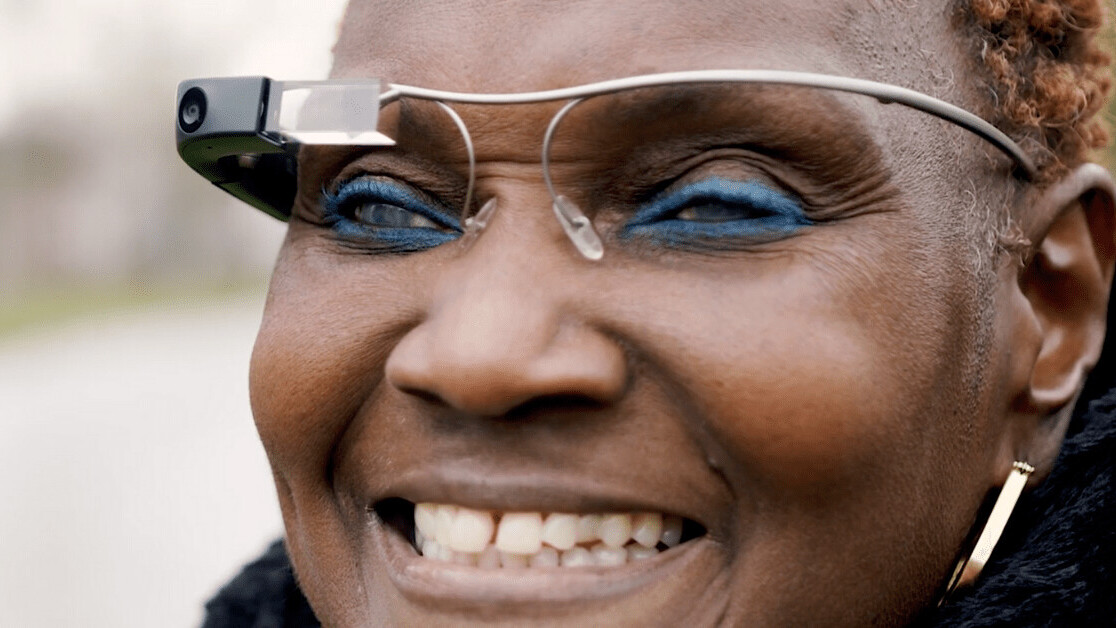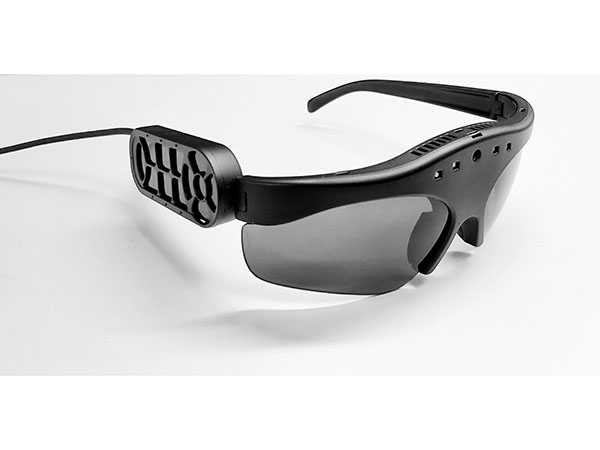Speech-to-Text Devices for Low Vision Users: Enhancing Communication and Productivity
Discover Advanced Assistive Instruments for People With Aesthetic Impairments
The landscape of assistive innovation for people with aesthetic impairments is advancing quickly, offering a variety of cutting-edge devices that boost autonomy and interaction. From clever glasses that effortlessly combine visual input with auditory guidance to innovative navigation applications that redefine spatial recognition, these tools are improving possibilities.
Smart Glasses Innovations
Smart glasses stand for a significant innovation in assistive modern technology for people with visual disabilities. These cutting-edge devices incorporate different functions designed to enhance the user's communication with their setting. Equipped with cameras and sensors, wise glasses can catch real-time visual information, which is then refined and shared to the customer via sound comments or haptic feelings. This functionality allows people to get instant descriptions of their surroundings, boosting their capacity to engage and navigate with the world.
Additionally, improvements in artificial intelligence have better boosted the abilities of clever glasses. Machine understanding algorithms can recognize faces, reviewed text, and recognize items, making them vital tools for day-to-day tasks. Customers can receive acoustic cues that give context regarding their setting, promoting freedom and confidence.
In addition, the ergonomic style and light-weight nature of numerous clever glasses make them appropriate for prolonged usage, making sure comfort while boosting functionality. As these tools remain to develop, they hold the possible to revolutionize the method individuals with aesthetic impairments experience their daily lives, bridging the void in between ease of access and technology. The recurring research study and growth in this field guarantee to increase the opportunities for smart glasses, making them a crucial element of modern assistive devices.
Navigation Apps and Devices
Numerous navigation apps and devices have actually emerged as crucial resources for individuals with visual problems, considerably enhancing their capacity to traverse unfamiliar atmospheres. These modern technologies take advantage of general practitioner functionality, audio cues, and real-time data to offer users with accurate navigation help.
One noticeable instance is the Aira application, which attaches customers to trained representatives that can give aesthetic summaries of surroundings and navigation assistance with an online video feed. This service enhances the user's spatial awareness and confidence while browsing. One more notable tool is Seeing Eye GPS, which offers voice-guided navigating and factors of rate of interest, enabling customers to accessibility crucial info about their environments.

As modern technology remains to advancement, the development of a lot more sophisticated navigating tools guarantees to further empower individuals with visual disabilities, promoting seamless flexibility and integration right into diverse settings. Such developments contribute in advertising an extra inclusive society.
Braille Modern Technology Developments
Recently, developments in Braille technology have significantly changed exactly how individuals with visual problems accessibility info and engage with the globe around them. The advancement of portable Braille display screens has actually reinvented reading by allowing customers to link wirelessly to smartphones, computer systems, and tablets. These devices convert message into Braille in real-time, making it possible for seamless communication with digital material.
Additionally, innovative Braille printers have actually emerged, improving the manufacturing of responsive materials. Modern embossers are much faster and a lot more efficient, enabling for the rapid development of Braille records and academic materials. This effectiveness reduces the moment and cost associated with generating Braille resources, making them a lot more available to colleges and organizations.
In addition, the combination of Braille with various other technologies, such as expert system and artificial intelligence, has actually opened new opportunities for personalized discovering experiences. Voice acknowledgment and synthesis technologies can match Braille, giving an inclusive method to info circulation.
As the demand for inclusive education and learning and office settings grows, these technical developments play a crucial function in empowering individuals with aesthetic disabilities, ensuring they have equivalent accessibility to details and possibilities in numerous elements of life.
Wearable Instruments for Freedom
An expanding variety of wearable gadgets is improving self-reliance for people with visual disabilities, using cutting-edge options that boost navigating and everyday living. Braille displays and notetakers. These gadgets use sophisticated innovations to supply real-time comments and support, promoting freedom in numerous atmospheres

Wearable innovation additionally includes smartwatches that can be set with access functions, making it possible for individuals to obtain notifications, track their areas, or perhaps require assistance with the touch of a button. Some devices integrate fabricated intelligence to evaluate the setting, offering audio summaries of nearby items or individuals.
Voice-Activated Assistive Solutions
Leveraging voice-activated assistive services has actually transformed the landscape of support for individuals with visual impairments, offering hands-free communication and accessibility to a variety of tasks. These innovations use all-natural language handling and synthetic knowledge to make it possible for users to carry out daily tasks via simple voice commands.

In addition, current developments in voice acknowledgment precision have actually boosted the user experience considerably, accommodating diverse accents and speech patterns. This inclusivity makes certain that even more people can profit from these modern technologies, cultivating a higher sense of freedom.
Conclusion
Finally, the development of innovative assistive gadgets considerably enhances the freedom and top quality important source of life for individuals with visual problems. Advancements such as smart glasses, navigating apps, Braille technology, wearable tools, and voice-activated options collectively foster an even more comprehensive atmosphere. These innovations equip individuals to navigate their environments with self-confidence and engage even more completely with the world, inevitably advertising higher accessibility and level playing fields for individuals facing aesthetic challenges.
The landscape of assistive modern technology for individuals with aesthetic impairments is advancing rapidly, offering a range of ingenious tools that improve freedom and engagement.Smart glasses stand for a significant improvement in assistive technology for people with aesthetic problems. As these gadgets continue to evolve, they hold the prospective to transform the way individuals with visual disabilities experience their daily lives, connecting the void between availability and technology.In recent years, innovations in Braille technology have dramatically transformed exactly how individuals with visual disabilities accessibility information and engage with the world around them. These innovations empower customers to browse their environments with confidence and engage more fully with the world, eventually advertising higher access and equivalent opportunities for individuals facing visual challenges.